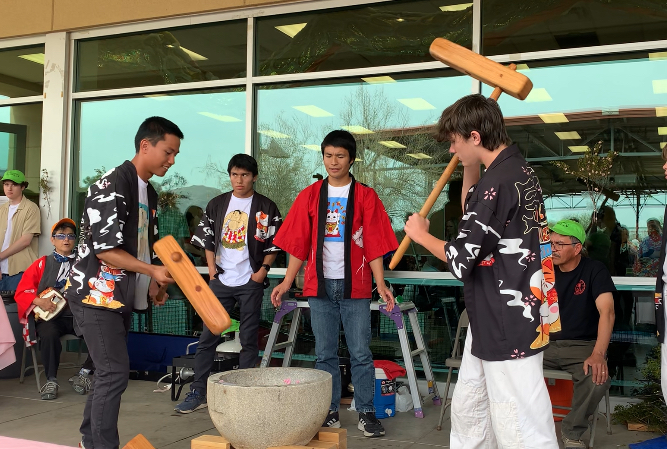
Tucson Language School

An often-quoted statement is: “America is a country of immigrants.” This implies American towns and cities have ethnic communities based on a common language and cultural heritage. Some are large, others are small, some are active, and others are dormant. But they exist for a purpose—to bond people based on the communality of language and culture. Whether we recognize it or not, everybody has cultural markers that identify where we came from and where we belong.

Obviously, physical features are one marker, but there are others, including the language we speak, the food we eat, the clothes we wear, the mannerisms we show, the values we hold and so forth. Our cultural heritage is not something we asked for, we were exposed to it in childhood.
In reflection, we wonder why our parents, relatives, friends and acquaintances came to Tucson, and the activities they pursued. We reflect on ourselves—what does it mean to be Japanese? Japanese American? Half Japanese (hapa)? When I wear a kimono to a New Year’s party or attend Obon festivals, does it have meaning for me?

People become suddenly aware of their cultural heritage for various reasons. It may be the death of a parent, reading a letter written by a family member in an internment camp, an invitation to attend a Japanese club on campus, or attending a Japanese festival. Whatever the event, the need and curiosity to know more about one’s heritage has awakened. This is an “aha” moment.

Kizuna seeks to link the past to the present by collecting and preserving the first-hand stories of the Japanese community in Tucson for future generations. Some personal data can be obtained from public agencies and organizations, such as the National Archives, Japanese American National Museum, and Densho. These and other resources appear on our Resource page. But at Kizuna, we seek information unavailable from standard sources. Through oral interviews with people who have never been interviewed, we attempt to capture the essence of who they are and the forces that shaped them. We enrich their stories with copies of letters, documents, photos, artwork, and memorabilia.

Kizuna faces a generational challenge. The Issei have passed away. The only way to obtain first-hand information about them is through letters, diaries, and other written accounts. The Nisei and Shin-Issei who came to the United States in the decade following WWII are in their 80s and 90s and will soon be gone. This means the Sansei, Yonsei, and beyond will have to be the sources*. The questions we ask them will differ with each person. Hence, the quality and nature of the data may differ. But hopefully there will be a continuous stream of “aha” moments.
*Issei: first generation; Nisei: second generation; Shin-Issei Japanese who came to the United States after WWII; Sansei: third generation; Yonsei: Fourth generation
